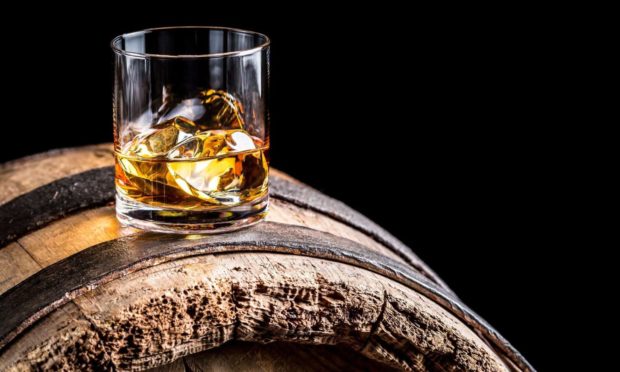Cheese, chocolate and whisky are leading the list of sectors that have seen their export business to Europe plunge in the wake of Brexit.
Official figures from HMRC and the Office for National Statistics show the food and drink sector as the biggest loser, with year-on-year exports of cheese alone down from £45million to £7m in January.
HMRC says that in January food exports were down by 75%. Despite this the Government has agreed to waive all customs checks on EU imports until at least October.
Some of the plunge in exports is down to stockpiling before Brexit and the loss of food service markets in Europe. But for many businesses red tape is too costly to make exports attractive.
Meanwhile, the European Commission has set an ambitious target to drive a massive expansion of organic farming.
Last week it published its proposals with a road map to achieve the goal of 25% of land being organic by 2030. This is a central plank of its Green Deal strategy.
It claims this is market-driven, with consumers saying they want more organic food – but it fails to acknowledge the bridge between wanting and affording.
This massive policy change could create market gaps for countries like the UK to supply high quality traceable food from conventional systems at a lower price.
EU farm commissioner, Janusz Wojciechowski, has told a meeting of the United Nations Food and Agriculture Organisation (FAO) that lessons must be learned from the impact of the Covid pandemic on food supplies.
He said 2020 had underlined the need for “robust and resilient” food production systems and for people to have access to high quality, sustainably produced food at reasonable prices – a classic statement of the obvious.
He also made much of the secondary role of agriculture in enhancing the environment – his contrasted with a message from the head of the FAO, who said the world needed “doers and dreamers” to tackle global hunger,.
Covid has made an already bad situation worse, with an estimated 132m extra people added to the word’s hungry by the end of 2020, making it 821m.
